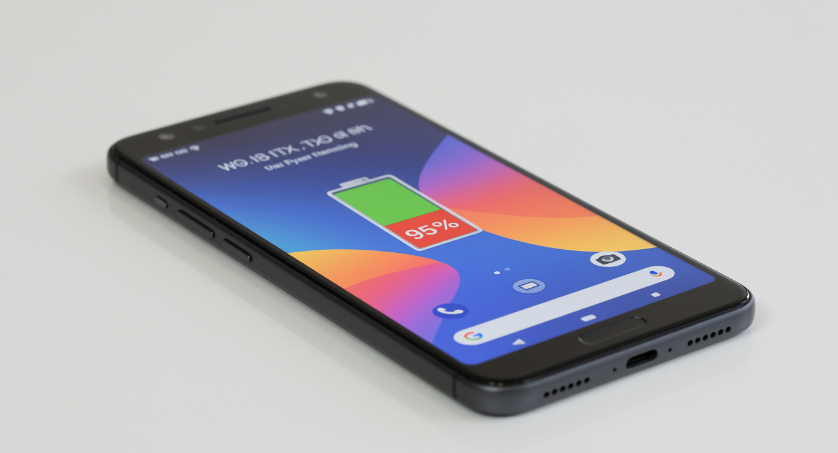Google is once again making headlines for controversial battery-related changes to its Pixel phones, with the Pixel 6a now being the second device this year to experience what users are perceiving as a “nerf” to its battery performance via a mandatory software update. This comes on the heels of similar reports affecting the Pixel 4a earlier in the year, raising concerns among the Pixel user base about long-term device support and battery health management.
The latest development, as part of the July 2025 security update, introduces a “Battery Performance Program” specifically for the Pixel 6a. While Google frames this as a measure to “address a potential battery overheating risk,” the practical implication for a segment of Pixel 6a users is a mandated reduction in battery capacity and charging performance.
The Pixel 6a’s New Reality: Reduced Capacity and Charging Speed
According to Google’s official communication and user reports, the July 2025 update to Android 16 will implement “critical battery management features” on “Impacted Devices” – Pixel 6a units that have surpassed 400 charging cycles. Once this threshold is met, the update will actively reduce the phone’s maximum battery capacity and potentially its charging speed. Users may also notice fluctuations in the battery level indicator as the phone adapts to its revised capacity.
This move follows earlier instances of Pixel 6a battery issues, including reports of swollen batteries and even some devices allegedly exploding. While Google states the program is to mitigate these risks, the timing and the nature of the “fix” have left many users feeling frustrated, especially those who rely on their devices for extended periods.
A Pattern Emerges: The Pixel 4a Precedent
This isn’t the first time Google has implemented such a measure. Earlier in January 2025, a similar “update of death” was reported for certain Pixel 4a models. That update also reduced battery life on “affected” units, prompting Google to offer appeasement programs, including free battery replacements or credit towards a new Pixel.
The recurring theme of software updates seemingly degrading battery performance on older Pixel models has ignited discussions about planned obsolescence and Google’s approach to long-term device support. While manufacturers typically acknowledge that battery capacity diminishes over time with usage cycles, actively reducing it via software, even with compensatory programs, is a contentious practice.
What Does This Mean for Pixel Users?
For Pixel 6a owners, particularly those with devices approaching or exceeding 400 charge cycles, this update signals a significant change in their phone’s expected longevity and performance. Google is offering a “Battery Performance Programme” for eligible Pixel 6a users, which may include free battery replacements, cash compensation, or store hardware discounts. However, users will need to undergo an eligibility check and physical inspection of their device to qualify.
The broader implication for Pixel users is a growing apprehension about future software updates. While security patches and new features are generally welcomed, the concern that these updates might inadvertently “nerf” hardware performance, particularly battery life, could lead to a erosion of user trust.
As the tech industry continues to push for longer software support for smartphones, the challenge of managing aging hardware and battery degradation through software will remain a critical balancing act for manufacturers. Google’s recent actions highlight the complexities and controversies that can arise when these two factors collide.

